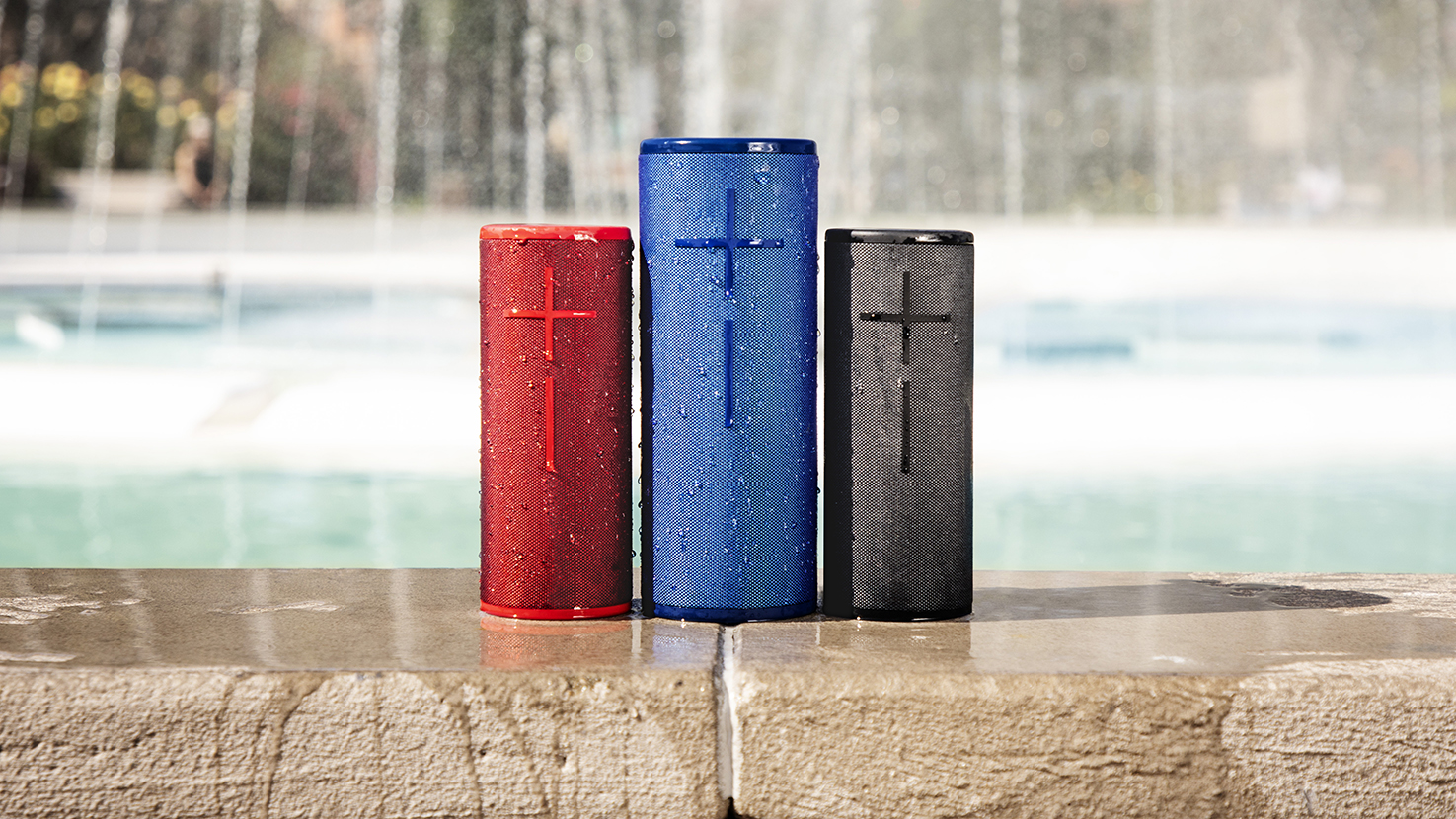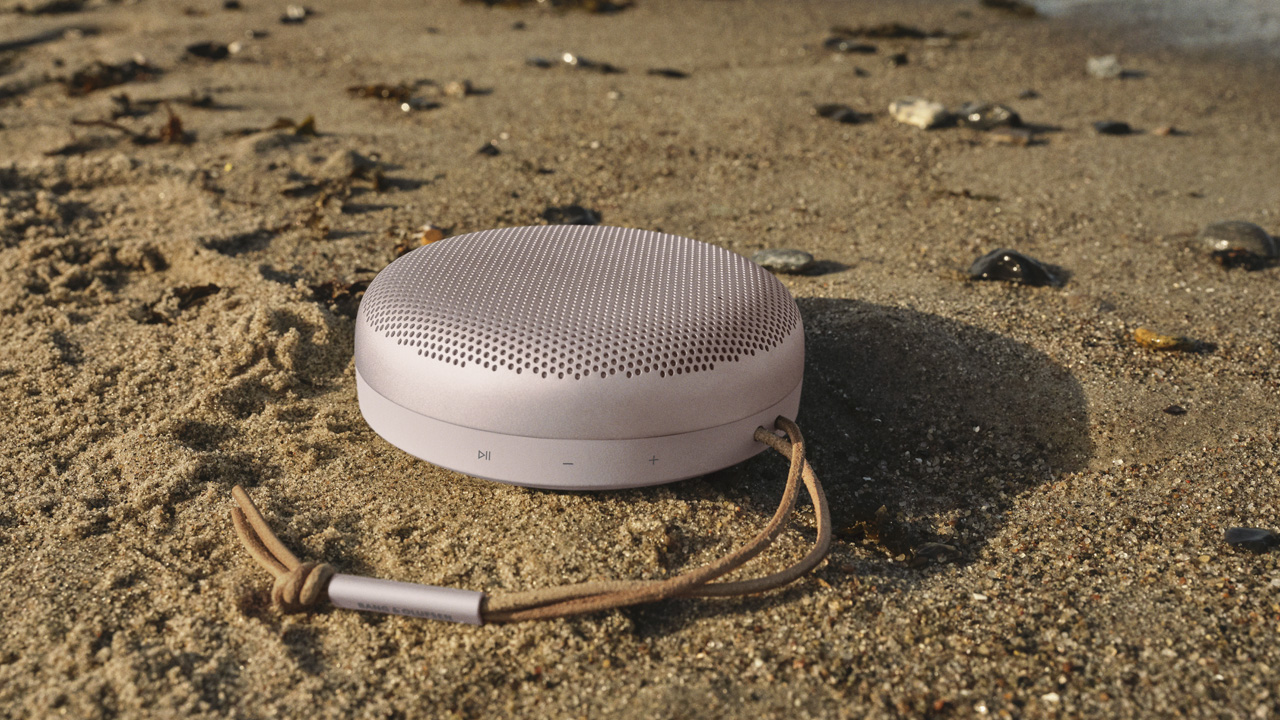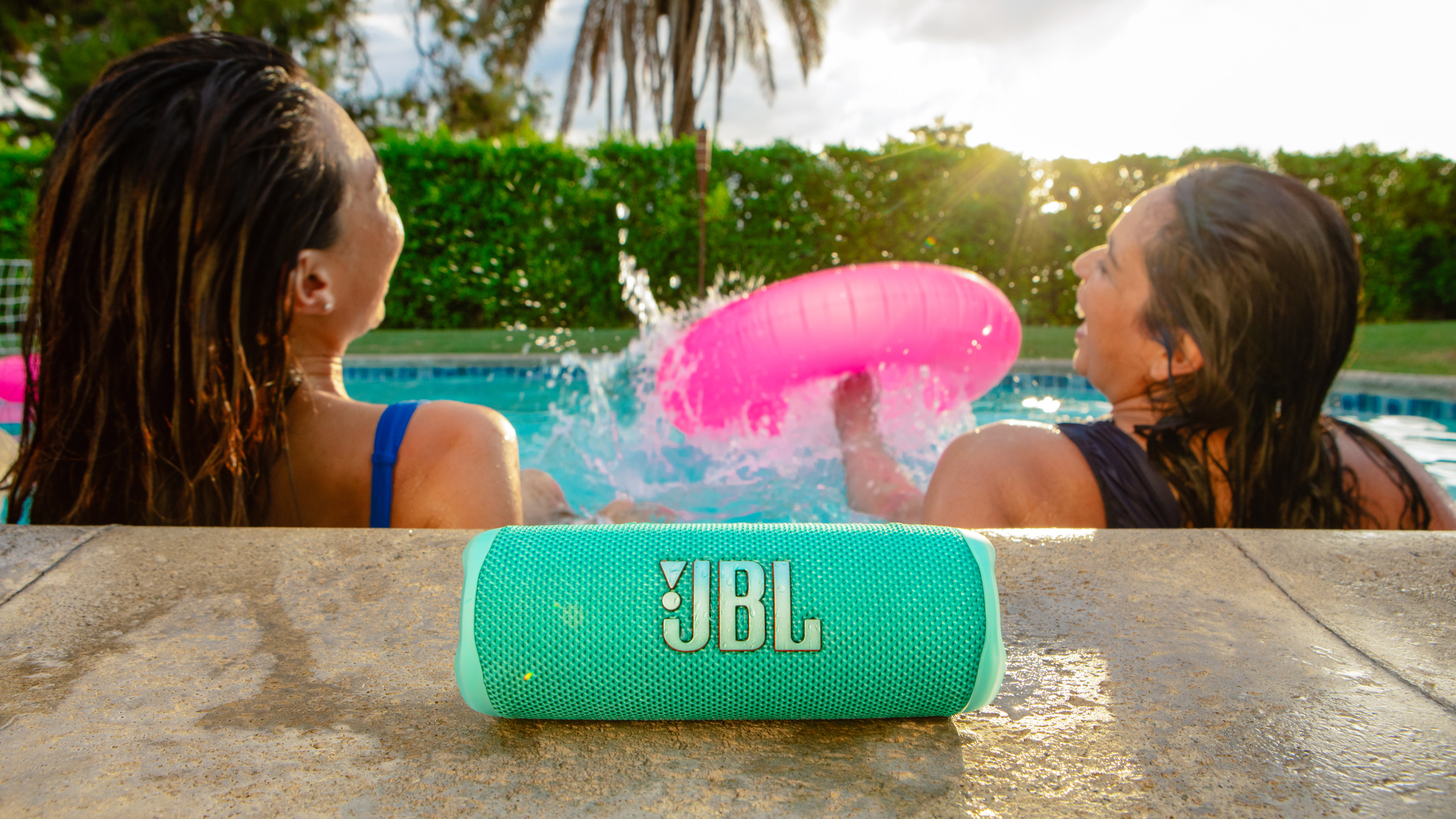How to choose the perfect Bluetooth speaker
Thinking of buying a new portable speaker? We’ve got your back

A great Bluetooth speaker is an essential piece of kit for any music lover, whether it’s for use at your next pool party or for listening to your favorite tunes around your home, no cables required.
These days, the best Bluetooth speakers come with audio specs that can rival traditional wired speakers, with their portable designs making them ideal for anyone who likes to listen to music on the move. Add to that excellent connectivity, long battery lives and durable builds, and these portable speakers offer the perfect combination of convenience and high-quality sound.
However, choosing the right Bluetooth speaker for your needs can be tricky, with so many different brands and models to consider, and lots of specs to get your head around.
While some of the cheapest portable speakers available from big retailers such as Amazon may not be worth your money, not all cheap Bluetooth speakers are to be avoided. In fact, many of the models we recommend won’t cost you more than $100 / £100 / AU$150, which means you don’t have to sacrifice great audio if you’re on a budget.
If you’re struggling to navigate the world of Bluetooth speakers, or you’re planning to buy one over Black Friday (which is coming up in November) and want to get the most for your money, we’re here to help you make the best decision and find the portable speaker of your dreams.
- Want know the speakers we recommend? Read our guide to the best Bluetooth speakers you can buy right now

The audio specs to look out for
If you want music to sound as good as possible, then audio quality should be a priority when informing your decision over which speaker to buy.
Most portable speaker manufacturers will highlight the frequency response of their device, which essentially indicates how well the speaker can replicate the range of tones we can hear. Most frequency responses will range between 20 and 20,000Hz, which is around the limit of human hearing – although measurements below 20Hz usually mean that the speaker is capable of providing sub-bass tones that can be felt rather than heard. Those lower frequencies are what you should take note of if you’re after chest-thumping bass.
Sign up for breaking news, reviews, opinion, top tech deals, and more.
Again, if bass is a big concern, look for Bluetooth speakers that contain passive bass radiators, which allow them to produce a robust low-end while keeping the device as small and portable as possible. Still, bigger speakers are usually louder, with more space for air to be displaced by these radiators, which produces a more powerful sound.

Those who want to get as much detail as possible out of their music should consider speakers that offer support for wireless codecs such as aptX, which deliver high-quality streams and low latency, compared to lossy standard Bluetooth codecs. There aren’t many Bluetooth speakers out there that support aptX right now (although the Bang & Olufsen Beosound A1 (2nd Gen) is an option), but if you’re concerned about a loss in audio quality then consider speakers that also support Wi-Fi connectivity, such as the Sonos Roam.
Bluetooth speakers that can be stereo paired (or even form part of a multi-room audio system) is another way to ensure good audio quality. Standalone speakers may be all the rage, but having a left and right channel will make a significant impact on music immersion – and most audiophiles will agree that two speakers are better than one.
Finally, be sure to look out for portable speakers with accompanying app support, from where you can adjust the EQ settings. This will allow you to finely tune the audio to your tastes, and for the situation. For example, if you’re listening in a wide-open space, outdoors, then you might want to turn up the bass, while indoor listening lends itself to a more balanced sound.
- The best stereo speakers you can buy today

Durability and waterproofing
One of the best things about Bluetooth speakers is that they’re portable – and many of them can be used outdoors to soundtrack your picnics, hikes and tailgate parties.
Not all Bluetooth speakers are made equal, though – you’ll need to ensure the unit is suitable for use in the great outdoors.
First, consider the design: is the build robust and durable? Look for rubberized end caps to prevent damage from drops, and grilles made from fabrics that can withstand a little rough handling.
While all Bluetooth speakers are portable by their very nature, some are easier to carry around. Many come with carabiners or clips that let you hook them on to your backpack, and some, like the new JBL Flip 6, come with cylindrical builds that make them easy to attach to a bike.
In addition, make sure your portable speaker isn’t too heavy to carry around for long periods, or too bulky to fit into a bag – unless you’re looking for a model that’s more home-oriented such as the Sonos Move.

Perhaps most crucial is the speaker’s IP (International Protection) rating. This will look like the letters ‘IP’ followed by two numbers, with the first marking the speaker’s protection against particulates such as dust, and the second indicating how well it can withstand liquids.
It’s important to know whether your new Bluetooth speaker is waterproof, especially if you want to use it in all weather conditions. An IPX4 water-resistance rating is usually sufficient for use in the garden and will protect the speaker from a few drops of rain. However, an IP67 rating or higher signifies that the speaker can be submerged in a body of water – up to 1 meter deep – for roughly half an hour, and that it will be protected from dust. Some waterproof speakers, such as the Ultimate Ears Wonderboom 2, can even float in the pool.
And don’t forget – it isn’t just pool water from which you’ll want to protect your speaker. If you’re planning to use it for parties, a decent IP rating means your speaker will even survive a splash of wine (check out the Ultimate Ears Hyperboom if this is a concern.)
If you're not concerned about portability or a rugged design, do you really need a Bluetooth speaker? A speaker that can stay put in one place might be more suited to you, or if you've got a decent record collection you could consider one of the best record players of 2021 instead.

Battery life and connectivity
A decent battery life is crucial if you want your Bluetooth speaker to last all day. While larger speakers tend to offer longer playtimes, clever space-saving design means that smaller models are able to go the distance as well.
Look for a battery life of at least 10 hours, and USB-C charging ports for speedy top-ups. Many speakers also support wireless charging and can even be used to top up your phone when you’re on the move.
Bluetooth 5 or higher is also a noteworthy feature, since you’ll get pairing distances of up to 120 meters as opposed to Bluetooth 4.2, which can only handle 30 meters. If you’re using your speaker for parties, multi-point pairing makes it easy for your friends to take over as DJ, while the ability to stereo pair – or at least mono-pairing – will give you a more powerful sound.
- Our guide to the best smart speakers today

Some portable speakers come with Wi-Fi connectivity, too, which usually allows for multi-room setups. Models such as the Sonos Roam can even work as part of a wider multi-room Sonos system, while a feature called Sound Swap means you can simply hold down the play button and the Sonos Roam will ‘throw’ your audio to the nearest other Sonos speaker available.
Wi-Fi connectivity also allows some portable speakers to double up as smart speakers, with voice assistants built in, allowing you to use them to control your other smart home devices.
Analogue connections are important to consider, too. If you want to use your speaker with a record player or a smartphone with a 3.5mm headphone port, you’ll need a model that comes with an AUX input – the JBL Charge 4, for example.

The brands to watch
There are numerous cheap Bluetooth speakers available on Amazon, but not all of these models are good, so it’s worth bearing a few brands in mind if you want to be assured of the quality.
Sonos Bluetooth speakers are great if you want to bridge the gap between indoors and outdoors, with the ability to form part of a wider multi-room system – and you can be sure that they’ll sound fantastic, too.
JBL is well known for making rugged, outdoor speakers at affordable prices, and it’s line of party speakers even come with built-in light shows.
If waterproofing is a priority then look out for models from Ultimate Ears, which combine fun, colorful designs with rugged builds – many of which can withstand a dip in the pool.
Consider high-end audio brands such as Bose and Bang & Olufsen if you want a combination of stylish design and great sound – but be prepared for relatively high prices. If you want to save money then Urbanista, Tribit, and Anker offer brilliant speakers that won’t break the bank.
Should I wait for Black Friday Bluetooth speaker deals?
As we approach the holiday sale season, you may be wondering whether you should wait until Black Friday to buy a Bluetooth speaker.
Indeed, there are usually some fantastic portable speaker deals to take advantage of during such events, and we’re expecting to see more this year. Older models such as the Sonos Move, JBL Flip 4, and the Bose Portable Home Speaker are likely to be discounted.
This year, Black Friday 2021 takes place on November 26, but lookout for deals from the start of November. If you’re hoping to save some money, it may be worth holding off until then to buy your new Bluetooth speaker.

Olivia was previously TechRadar's Senior Editor - Home Entertainment, covering everything from headphones to TVs. Based in London, she's a popular music graduate who worked in the music industry before finding her calling in journalism. She's previously been interviewed on BBC Radio 5 Live on the subject of multi-room audio, chaired panel discussions on diversity in music festival lineups, and her bylines include T3, Stereoboard, What to Watch, Top Ten Reviews, Creative Bloq, and Croco Magazine. Olivia now has a career in PR.